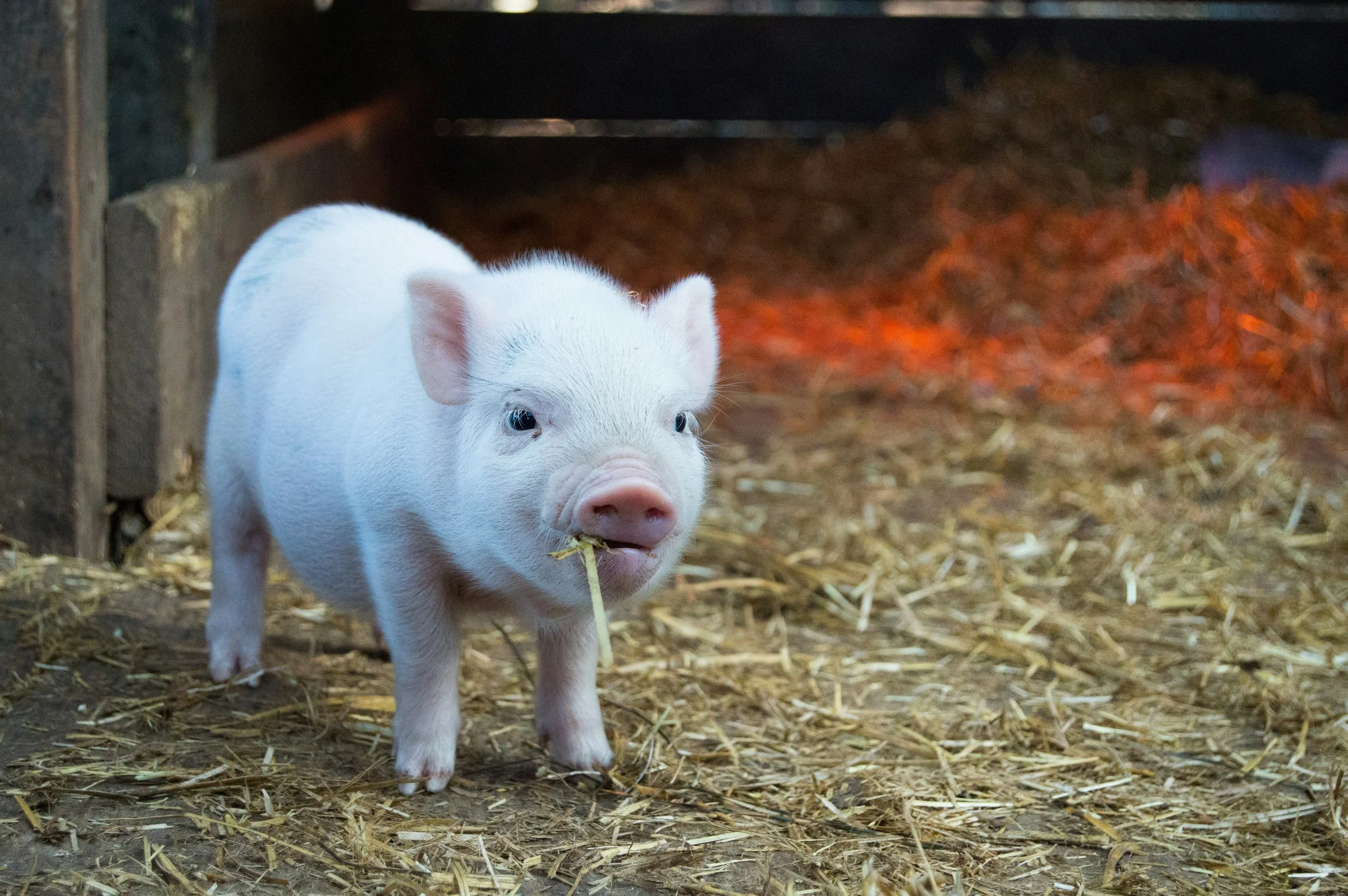By: Brian Wood, Production Editor
Kentucky’s fishing industry turned a new chapter during the summer of 2014 when it attempted to impose regulations on trophy sized catfish and those who would catch them.[i] Before that point, there were no regulations in Kentucky on how many trophy catfish a fisherman could pull from the Ohio River.[ii] The call for such regulations came when sport fisherman began to complain that, due to the lack of regulations, commercial fisherman had begun dangerously depleting the overall population of trophy catfish.[iii] The regulations have come about as an attempt by the Fisheries Division of the Kentucky Department Fish & Wildlife Resources to stymie and reverse what officials are worried could be over-harvesting.[iv]
Upon the complaints of recreational fishermen, who asserted that commercial catfishermen were hurting the overall catfish population and quality of recreational fishing, the Department of Fish & Wildlife began investigating the numbers of catfish in the Ohio River.[v] Researchers have found that there are problems of over-harvesting in certain areas of the Ohio River, and the Department of Fish & Wildlife determined that regulations were prudent.[vi] Recreational and competitive fishermen desire to see regulations similar to that of Ohio and West Virginia, though they lack the desire to ban commercial fishing entirely.[vii] Instead, most recreational fishermen petitioned the Department of Fish & Wildlife to promulgate reasonable regulations—not absolute restrictions—which protect the trophy-sized catfish fishery in the Ohio River.[viii]
Given these reasonable requests and its own independent studies of over-harvesting, the Department of Fish & Wildlife did propose regulations over the catfish population in the Ohio River.[ix] Among these regulations was a proposal to restrict the number of significantly large (trophy-sized) catfish that commercial fishermen could catch in a day.[x] Various regulations designed to protect the truly large catfish were approved of and passed, but have yet to make an impact on the fishing industries in the Ohio River. This delayed effectiveness is due to a lawsuit and temporary injunction order filed by a commercial fisherman seeking to rescind the newly minted regulations threatening his livelihood.[xi] As of the writing of this article, no new information regarding the injunction and lawsuit was available.
Despite this setback, the Department of Fish & Wildlife has asserted that it will continue to research the fish population in Kentucky waters and beware of further evidence of over-harvesting.[xii] According to the Department, its focus “is resource first.”[xiii] As resource managers, the Department keeps its focus on conservation while overseeing various types of resource populations and protecting them from negligent and irresponsible over-harvesting.[xiv] According to the studies the Department conducted, the catfish population of the Ohio River is in danger—it is important that the proper scope of acceptable regulations gets determined swiftly, or the Ohio River fishery itself may be at stake.
[i] Emily Mieure, Catfish Controversy in Kentucky Waters, WDRB.com (Jun. 16, 2014, 9:41 PM), http://www.wdrb.com/story/25775167/catfish-controversy-in-kentucky-waters.
[ii] Id.
[iii] See id.
[iv] See id.
[v] Id.
[vi] Id.
[vii] Steve Douglas, Ohio River Trophy Catfish Populations: Kentucky Holds the Key, American Pro Catters (Jan. 31, 2013, 5:36 PM), http://americanprocatters.com/2013/01/ohio-river-trophy-catfish-populations-kentucky-holds-the-key/.
[viii] See id.
[ix] See Mieure, supra note 1.
[x] Ky. Dep’t of Fish & Wildlife Res., Ohio River Catfish Project 2014 Update, Ky. Dep’t Fish & Wildlife Res., http://fw.ky.gov/Fish/Documents/ohiorivercatfishproject2013.pdf (last visited Mar. 11, 2015).
[xi] See Mieure, supra note 1.
[xii] See id.
[xiii] Id.
[xiv] See id.













